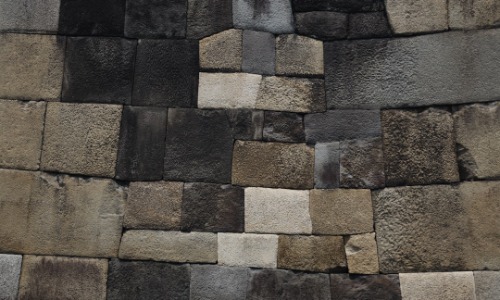The Tokugawa shoguns were traditionally supposed to be buried in turn at Kan’eiji Temple and Zojoji Temple.
However, after the Meiji Restoration, Yoshinobu Tokugawa was demoted to the status of a duke.
As a gesture of gratitude to Emperor Meiji, he converted to Shintoism, the same religion as the Emperor, and was buried in Yanaka Cemetery, which was established by the Meiji government.
Yoshinobu Tokugawa was born in the Kamiyashiki of the Mito Domain, which is now Koishikawa Korakuen in Bunkyo-ku, Tokyo.
In 1866, he became the Shogun, but in 1867, the Grand Council of State was returned to the Emperor, and in 1868, Edo Castle was vacated.
He was temporarily placed under house arrest at Kan’eiji Temple, Mito, and Shizuoka in 1868, but was released from house arrest in 1869. Despite this, he showed no political ambition and remained in Shizuoka.
In 1897, he moved to 1-17 Sugamo, Tokyo, and had an audience with Emperor Meiji at the Edo Castle, which had become the Imperial Palace. In 1901, he moved to 2-8-9 Kasuga, Bunkyo-ku, Tokyo.
He was ranked as a duke in 1902 and died in 1913.
